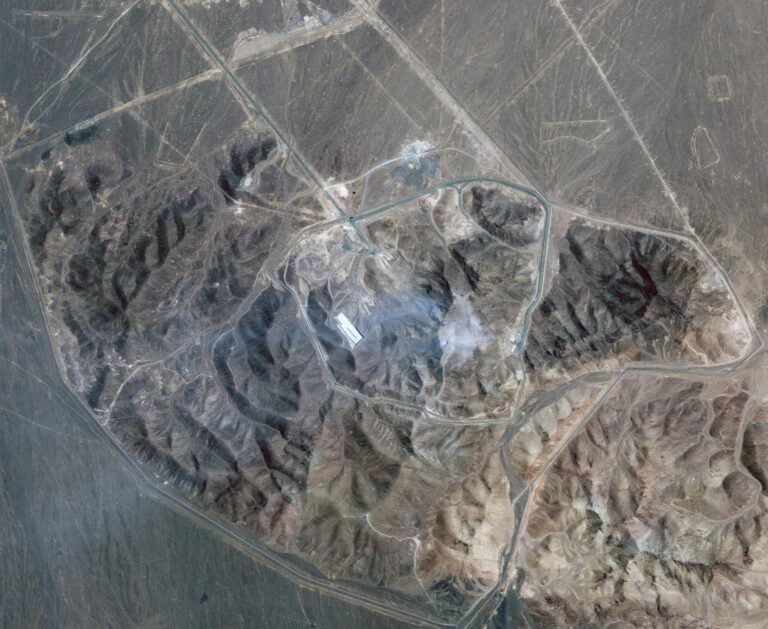Analyzing the Impact of Recent US Military Strikes on Iran’s Nuclear Program
The recent military actions undertaken by the Trump administration targeting Iranian nuclear facilities have sparked significant debate and controversy. While President Trump asserts that the strikes were devastating, reports indicate a more complicated outcome.
Key Details on the Military Strikes
Claims of Total Destruction
President Trump has boldly stated that the attacks on three Iranian sites "completely and totally obliterated" Iran’s nuclear capabilities. This sentiment was echoed by administration officials, including Secretary Hegseth, who declared that the bombs dropped had buried Iran’s nuclear ambitions "under a mountain of rubble."
Contradictory Reports Surface
However, reports from reputable outlets such as CNN and the New York Times suggest that the military strikes fell short of their goals:
- Classified Findings: The Defense Intelligence Agency (DIA) conducted a review, which allegedly indicates that the military actions sealed entrances but did not collapse underground facilities.
- Enriched Uranium Stockpile: Reports suggest that Iran’s stockpile of enriched uranium remains intact, and centrifuges are largely unharmed.
White House Press Secretary, Karoline Leavitt, publicly criticized the leaked findings, calling them "flat-out wrong." Leavitt described the leak as a "clear attempt" to undermine President Trump and emphasized the effectiveness of the strikes, asserting, "Everyone knows what happens when you drop fourteen 30,000-pound bombs perfectly on their targets: total obliteration."
Official Reactions and Responses
Trump’s Outburst Against Media
President Trump accused networks like CNN and MSNBC of spreading "fake news" about the effectiveness of the strikes. His comments reflect a broader frustration with the media’s portrayal of the situation:
“They’re not after the pilots, they’re after me; they want to try and demean.”
Support from Israeli Leadership
Israeli officials have also weighed in, echoing the administration’s claims of success. Prime Minister Benjamin Netanyahu stated that both Israeli and U.S. actions effectively destroyed Iran’s nuclear project, pledging that any efforts to reconstruct it would be met with similar force.
- Lieutenant General Eyal Zamir, chief of the IDF’s general staff, added that Iran’s nuclear and missile projects have been set back by years.
Insights from the International Atomic Energy Agency
The director of the International Atomic Energy Agency (IAEA), Rafael Grossi, hinted at substantial damage to Iran’s nuclear capabilities, remarking:
“It is clear that there is one Iran before June 13, a nuclear Iran, and one now, and it’s night and day.”
Current Situation and Future Implications
Despite ongoing tensions, a cease-fire with Iran appears to be in effect. However, the Israeli military reported intercepting and shooting down two drones launched from Iran, indicating lingering hostilities.
Summary
The diverging narratives surrounding the military strikes on Iranian nuclear facilities reveal a complex geopolitical landscape. While the Trump administration insists on the effectiveness of the attacks, emerging reports question the level of destruction inflicted on Iran’s nuclear program. This situation continues to develop, reflecting broader implications for U.S.-Iran relations and regional stability.
For more detailed coverage, check out the full reports on CNN and The New York Times.


